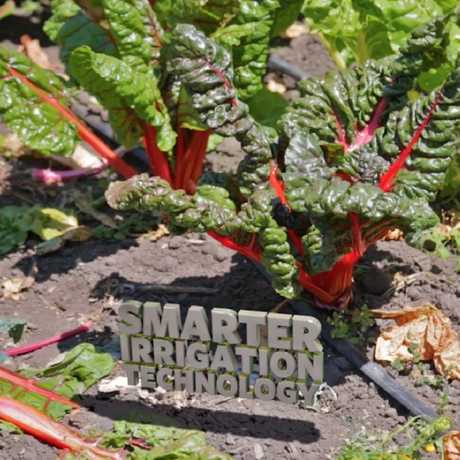Food, water, energy—we need solutions to the environmental issues of our day.
In this activity, students will work together to map out the strengths and limitations of potential solutions to some important water use and conservation issues. This lesson is part of a larger unit whereby students practice different steps in design thinking within the context of issues surrounding our global water system. In this exercise, students will practice comparing potential solutions in order to prepare for the culminating activity of the unit: a design thinking challenge.


